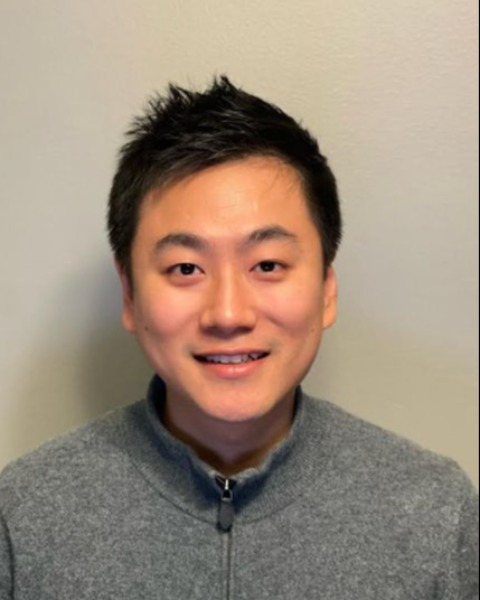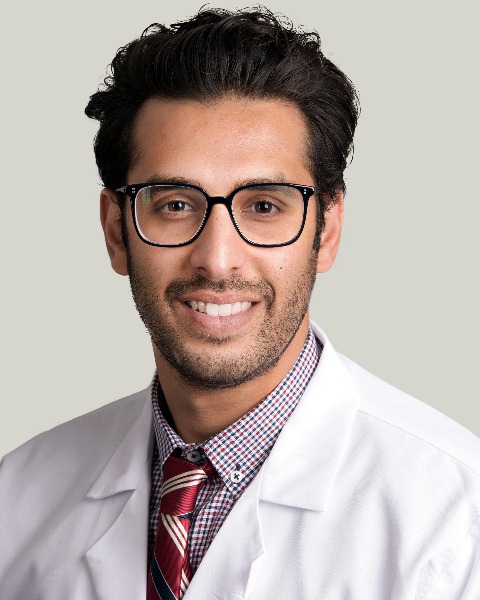Interventional Oncology
Segmental Radioembolization using Yttrium-90 Glass Microspheres Greater than 400 Gray: A Real-world Experience

Qian Yu, MD (he/him/his)
Resident
University of ChicagoDisclosure(s): No financial relationships to disclose
- DK
Daniel Kwak, MD
Resident
University of Chicago - EU
Ethan Ungchusri, MD
Resident
University of Chicago - TV
Thuong Van Ha, MD
Professor
University of Chicago .jpg)
Divya Kumari, MD
Assistant Professor
University of Chicago Medicine- MP
Mikin Patel, MD
Assistant Professor
University of Chicago - EM
Emily Marshall, PhD
Professor
University of Chicago - AP
Anjana Pillai, MD
Professor
University of Chicago - AL
Andy Liao, MD
Professor
The University of Chicago Medicine - MZ
Michael Zhang, MD
Resident
University of Chicago - GH
Gloria Hwang, MD
Resident
University of Chicago 
Osman Ahmed, MD, FSIR
Associate Professor of Radiology
University of Chicago
Presenting Author(s)
Author/Co-author(s)
Materials and Methods:
Medical records of patients prescribed with > 400 Gy Y-90 radiation with glass microspheres were retrospectively reviewed at a single-institution. Dosimetry was calculated based on the Medical Internal Radiation Dosimetry model. Target tumor response was measured according to mRECIST criteria. Toxic was assessed based on the CTCAE v5.0, and the highest toxicities within 3 months post-embolization were recorded. Overall survival was calculated from the time of Y90 administration to either the date of death or last known follow-up. Transplant status, resection status, and pathological necrosis were reported.
Results: A total of 18 consecutive patients were included, consisting of 22 tumors (8 hepatocellular carcinoma [HCC], 10 cholangiocarcinoma [CCA], 1 renal cell carcinoma [RCC], 1 hepatoid carcinoma of the pancreas or HCC, 1 endometrial carcinoma, and 1 adenoic cystic carcinoma) with a median longest axial diameter of 5.2cm (range 1.2-13.6). The median prescribed dose was 416 (range 401-494) Gy with a lung shunt fraction of 2.2% (range 0.4%-5.5%). There were no intraoperative or perioperative procedural-related complications by SIR guidelines. Ten patients received concomitant systemic treatment (55.6%). Four patients developed grade 2 toxicities post-radioembolization, 3 of which were receiving concurrent systemic therapy. No laboratory toxicity greater than grade 3 occurred. One patient was admitted for acalculous cholecystitis. An additional patient presented to the emergency department due to abdominal pain and was managed conservatively. Complete response and partial response were achieved in 11/21 (52.4%) and 7/21 (33.3%) tumors, respectively, yielding a radiologic response rate of (18/21) 85.7%. One patient with CCA developed progressive disease with distant metastasis and died 9 months post-TARE (5.6%). Two patients underwent resection (1 HCC with >95% pathologic necrosis, 1 endometrial carcinoma with complete pathologic necrosis). One patient was bridged to transplant (HCC, 60% pathologic necrosis).
Conclusion:
Segmental TARE with greater than 400Gy is feasible in terms of safety and effectiveness in both primary and metastatic liver cancer, achieving a best radiological response rate of 85.7% and 5.6% TARE-related grade 3 or above toxicities.

.png)
.png)
.png)
.png)
.jpg)
.png)
.png)
.jpg)
.jpg)